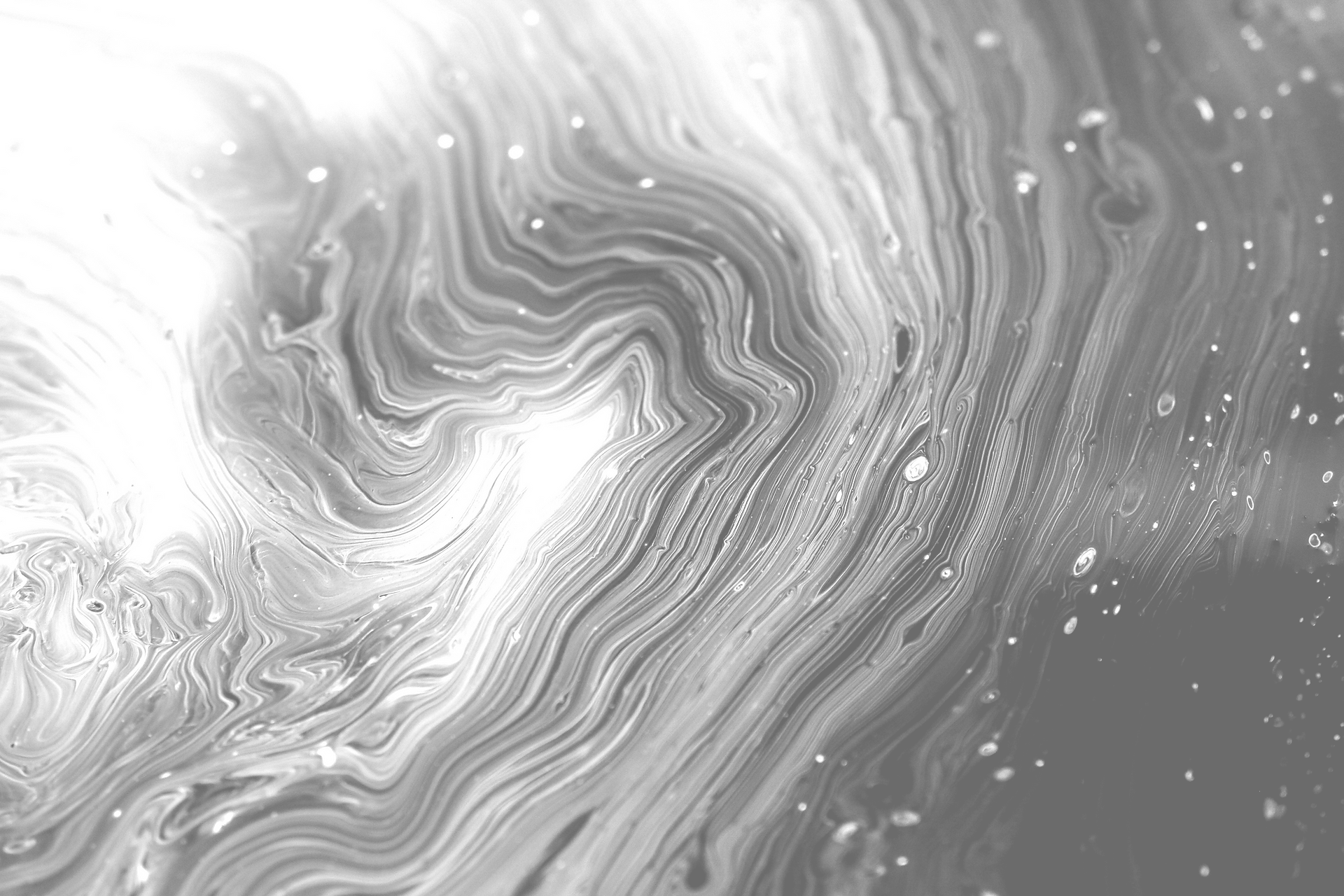
3D Interstellar Chemo-physical Evolution (3DICE) project (2013-2018)
Carbon and heavier atoms are born in the centre of stars. At the end of their life, stars spread their inner material into the diffuse interstellar medium. This diffuse medium gets locally denser and form dark clouds (also called dense or molecular clouds) whose innermost part is shielded from the external UV field by the dust, allowing for molecules to grow and get more complex. Gravitational collapse occurs inside these dense clouds, forming protostars and their surrounding disks, and eventually planetary systems like (or unlike) our solar system. The formation and evolution of molecules, minerals, ices and organics from the diffuse medium to planetary bodies, their alteration or preservation throughout this cosmic chemical history set the initial conditions for building planets, atmospheres and possibly the first bricks of life.


The evolution of the gas and dust chemical composition during this sequence is a continuous process in the sense that the chemical composition never reaches steady-state. The chemical composition in one of the steps then depends on the previous ones. The current view of interstellar chemistry is, however, based on fragmental works on key steps of the sequence that are observed. Astrochemists develop models to study the chemical composition of dense clouds, protostars or protoplanetary disks assuming the initial condition from the previous step and use the physical conditions observed in the present objects.
Project funded by the European Research Council (Starting Grant, Grant agreement n°336474)
Project hosted by the CNRS and Laboratoire d’Astrophysique de Bordeaux

The objective of this project was to follow the fractionation of the elements between the gas-phase and the interstellar grains, from the most diffuse medium to protoplanetary disks, in order to constrain the chemical composition of the material in which planets are formed. The potential outcome of this project is to get a consistent and more accurate description of the chemical evolution of interstellar matter.
TEAM Members
Valentine Wakelam (PI - CNRS permanent researcher)
Pierre Gratier (Postdoc and then CNAP permanent researcher)
Jean-Christophe Loison (CNRS permanent researcher)
Franck Hersant (CNRS permanent researcher)
Postdocs:
Wasim Iqbal (2016-2018, funded by the IDEX of Bordeaux)
Audrey Coutens (2017-2019)
Liton Majumdar (2014-2017)
Christophe Cossou (2014)
PhD students:
Thomas Vidal (2015-2018)
Maxime Ruaud (2013-2016)
Others:
Benjamin Pavone (2013-2016, engineer)
Taiki Suzuki, visiting Japanese student - 2015 and 2016
Adam Yassin Jaziri, graduate student - 2015
Gwénäelle Dufour, master student - 2015
Inès Andron, master student - 2016
Jean-Paul Melisse, graduate student - 2017
Charlotte Mangin, master student - 2017
External collaborators:
Prof. Eric Herbst (University of Virginia, USA)
Ian Bonnell (University of Saint Andrews, UK)
Anne Dutrey (LAB, France)
Stéphane Guilloteau (LAB, France)
Emmanuel Caux (IRAP, France)
Charlotte Vastel (IRAP, France)
Benoit Commerçon (ENS, Lyon)
Neil Vaytet (ENS, Lyon)
Full list of publications